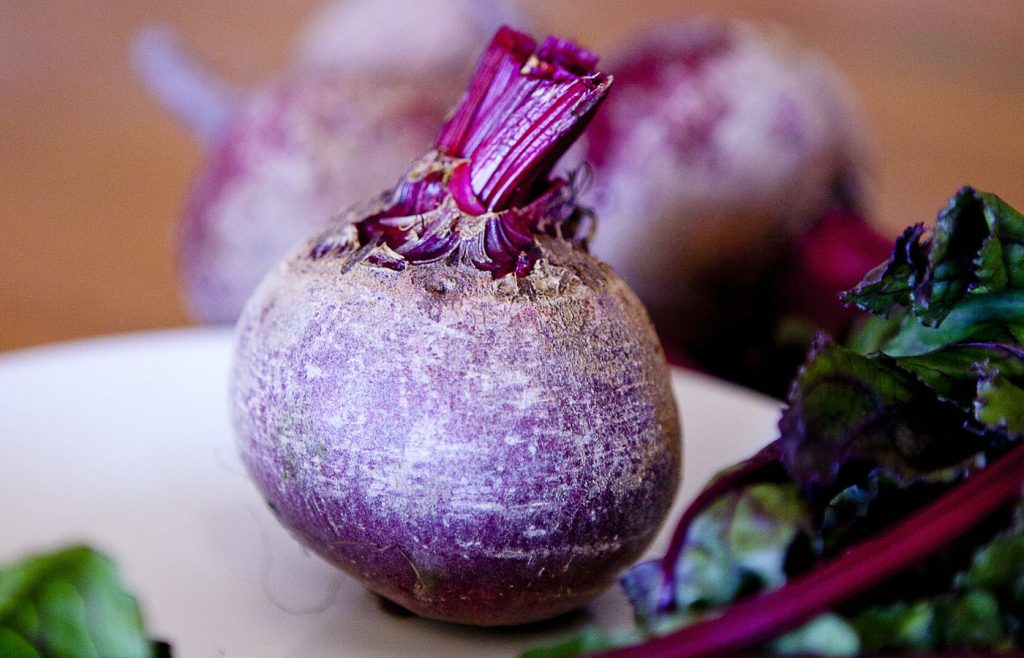What is whole real food? As a nutritional biochemist, the importance of choosing mostly whole real foods is a message I’m passionate about sharing, but this concept seems to be the source of a lot of food confusion these days. So, let’s delve deeper into what it really means and the types of foods it refers to.
I see four distinct categories of ‘foods’ that are available in our food supply:
Category 1
There are whole real foods, which are essentially foods that are close to their natural form and that haven’t undergone significant processing before they reach our plates. These include vegetables, fruit, meat, seafood, nuts, eggs and legumes/pulses. Whole real foods that have undergone very minimal processing for storage, such as vegetables being snap-frozen, for example, still sit within this category. Some food classification systems include wholegrains here, but for me personally, it makes sense to place them in category 2, as they need a little more intervention before we can consume them.
Category 2
There are foods that have undergone minimal processing that are made from whole real foods. These foods are often used as ingredients to make nourishing meals and include oils such as those made from olives (i.e. extra virgin olive oil) and macadamias (cold pressed macadamia oil), butter, ghee, apple cider vinegar and wholegrains such as rolled oats.
Category 3
There are processed foods which usually contain two to four ingredients (but unfortunately, some might also contain concerning substances such as preservatives; always read the label and do your best to avoid foods containing these). This group includes better quality breads, cheese and canned fruit.
Category 4
Then there are foods made from ingredients that we generally wouldn’t recognise as food. These ‘foods’ have become known as ultra-processed foods. They undergo a range of different processes – most of which you couldn’t do in your own kitchen – and they have names like hydrogenation and extrusion. Foods in this group typically have more than five ingredients, none of which are whole real foods (category 1). These ingredients include hydrogenated oils, emulsifiers, hydrolysed proteins, artificial colours, flavours, anti-caking agents, bulking agents and humectants. ‘Foods’ in this category include lollies, most chocolate, ice cream, margarine, bought cakes, biscuits, muffins, breakfast cereals, most muesli bars, protein bars, flavoured milk drinks, flavoured yoghurts, instant sauces, most ready-to-heat meals, nuggets, pre-prepared pizza, hot dogs and other reconstituted meat products, packaged desserts and soft drink. And this is nowhere near a complete list!
It is this latter group that we particularly want to make a concerted effort to minimise or even avoid. These are the ones that, over time and in excess, can be significant contributors to the development of all sorts of lifestyle diseases, including insulin resistance which is a factor in so many health challenges including type 2 diabetes, heart disease, polycystic ovarian syndrome (PCOS), and obesity.

Recently it struck me that when I talk about eating primarily whole real food, there is likely an entire generation of people who don’t know what that looks like, because most of what they’ve eaten across their lives is from category 4 – ultra-processed. And they think this is regular food. And it’s not. For me, there’s no such thing as junk food. There’s just junk and there’s food. And as a species, up until the very, very, very, very recent past, all we’ve ever eaten is food – which we currently call ‘whole real food’ (category 1).
Please know this is not to elicit any judgement or guilt about past food choices for yourself or your family, but to shine a light on what you can focus on to truly nourish yourselves moving forward. Remember, too, that it’s what we do consistently that comprises our health, not what we do occasionally. So, please don’t feel guilty or stressed about the occasional ultra-processed food that you might choose to have. If you choose to, enjoy it mindfully and then revert back to your way of eating that is predominantly made up of whole real foods.
It’s also important to mention that not all packaged foods are ultra-processed. Many are, but not all, so it’s about being selective about the types of packaged foods you choose to buy. The easiest way to spot the ‘foods’ (junk) that are ultra-processed is to read the food label—turn the product over so you’re not distracted or misguided by any marketing claims on the front and then check the ingredients list. Notice how long it is and what is included, and ask yourself if it’s likely that you’d find those ingredients in your kitchen at home. If not, leave these items on the shelf and create your own nourishing adventure by primarily choosing foods from categories 1 and 2, and enjoy the health benefits that this can bring.






